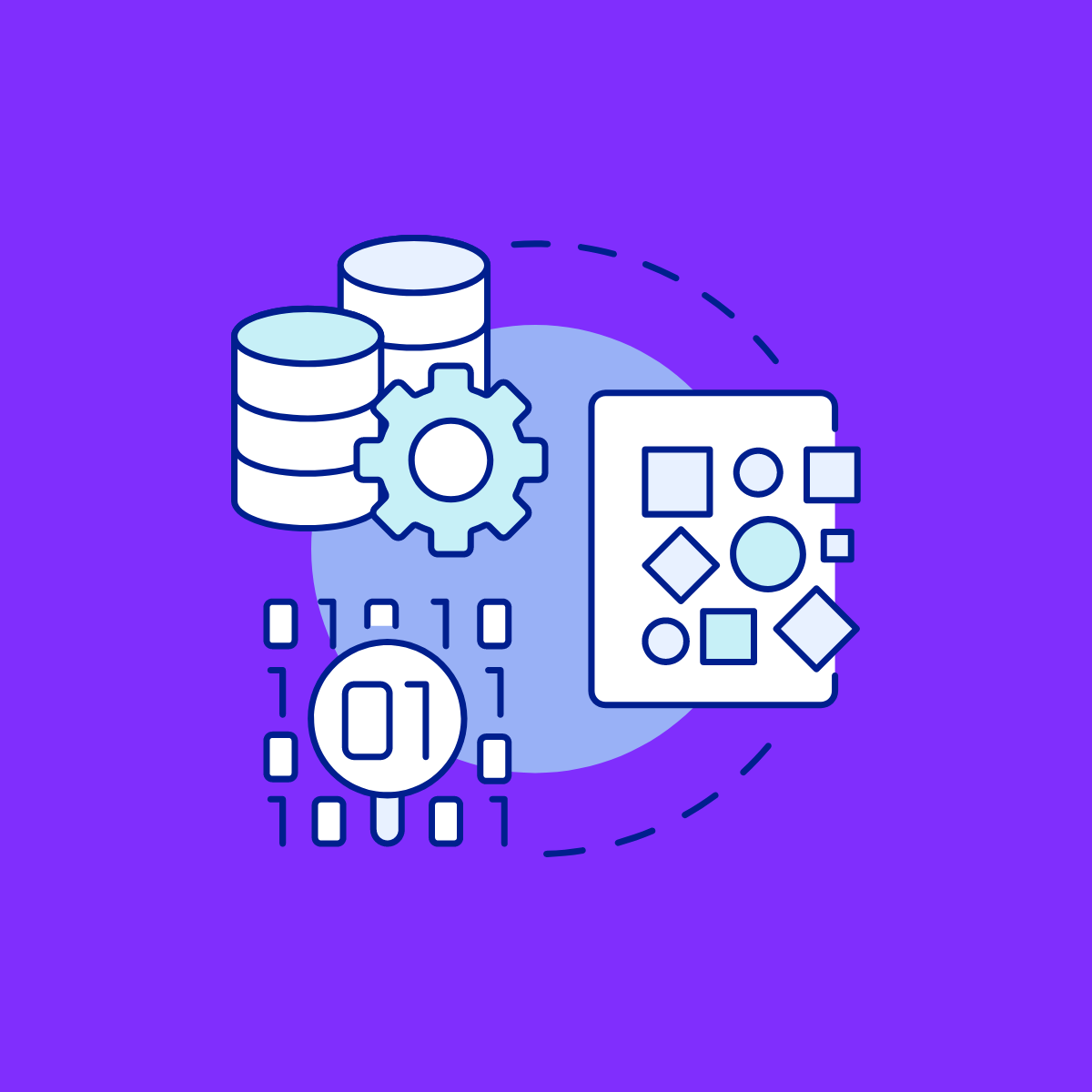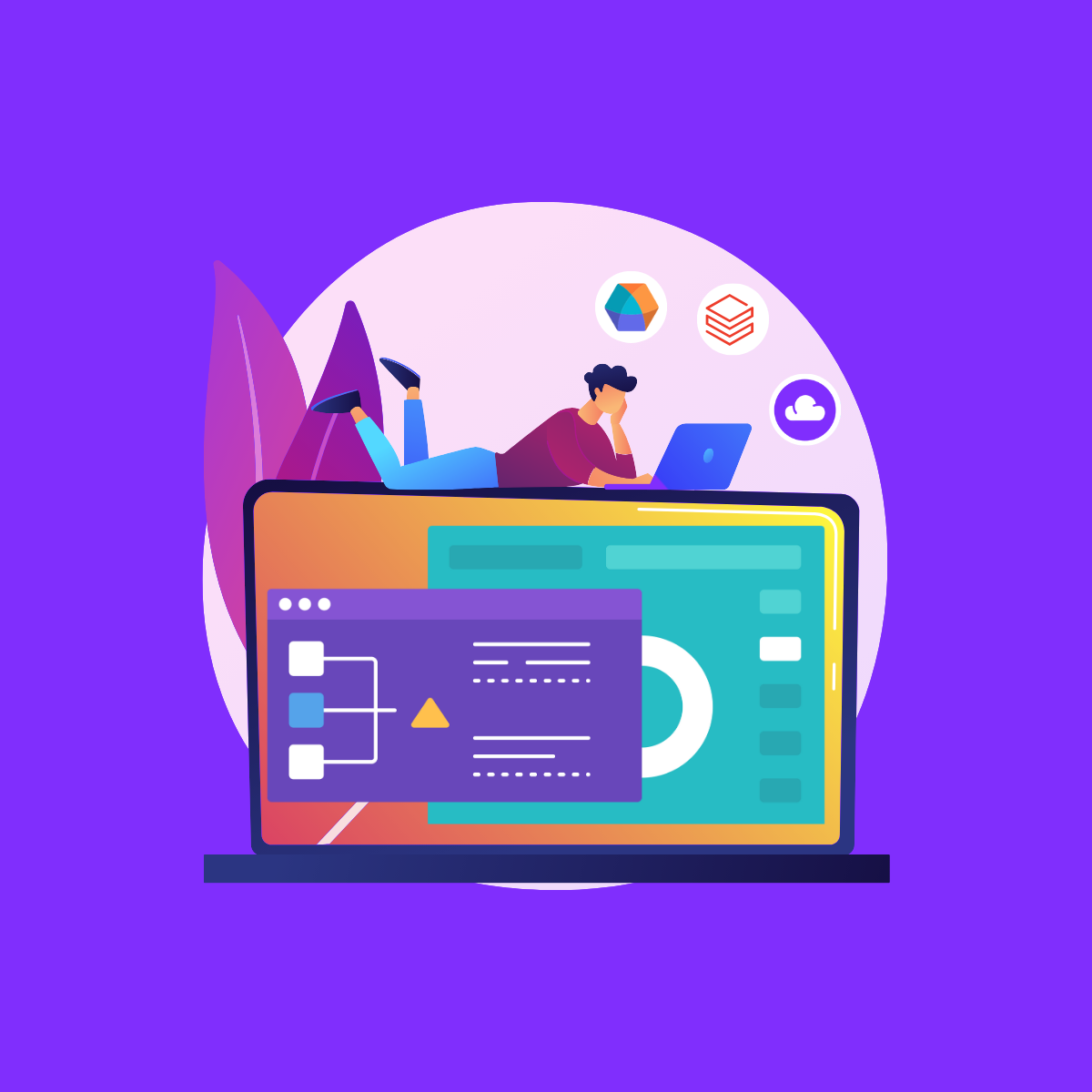The recent surge in the digital transformation initiatives by today’s enterprises has led to the rapid adoption of cloud computing. With this adoption, more and more developers are creating apps and solutions on cloud platforms. But often developers fail to consider or address the security vulnerabilities while developing their solutions. In this blog, we are going to look into the essentials of cloud security for developers and how they can use cloud security’s best practices to make their applications and data secure in a cloud environment.
Why learning cloud security is crucial for developers?
For software developers, the cloud ecosystem is great for developing apps and software. Cloud infrastructure provides a virtually unlimited number of staging servers, which results in comprehensive testing at greater speed. Costs are kept at a minimum as there is no need to maintain local servers or on-prem infrastructure. Further, the cloud allows remote workers to access resources and work from anywhere.
However, with the immense benefits of the cloud, there also comes some security risks. If developers do not keep them in mind or fail to address them it can leave company resources, data, APIs, and apps prone to risks and hacking.
With the onset of DevOps, which also encompasses CloudOps, the developer now has a crucial role to play. He is considered accountable, not just for the quality of the software, but also for the operations and security issues.
Developers are required to be good at operations and security, and they must take the initiative to fully grasp the cloud platforms. While it’s impractical to gain a specialization in security, developers do need to learn how to combine security and system best practices in the design and coding phase of an application. They should also know how to test their software to find out security risks, and then fix them.
Essentials of cloud security for developers
Cloud security includes the technologies, techniques, policies, and procedures which are combined to secure your cloud infrastructure. There is no standard set of approaches and ways defined to protect your cloud systems rather a combination of methodologies is used to protect the assets on a cloud ecosystem. Some of these major strategies are –
1. Identity and Access Management
One of the most common and useful ways to manage information access is Identity and Access Management (IAM). Companies can build their own IAM, or they can make use of the cloud provider’s built-in IAM system. In IAM, multi-factor authentication and access policies are combined to decide who has access to which applications and data, what level of access, and what extent of rights they have to modify data.
2. Encryption of data
When data is passed using cloud services it is sent over and stored on the cloud provider’s platform. This can be a concern for enterprises using the public cloud. Here encryption can provide an extra layer of security to secure your data, by encoding/encrypting it when it's stored and also during its transfer. The encrypted data can only be decrypted if the user has a decryption key.
3. Next-Gen Firewalls
Next-Generation firewalls protect your cloud assets by combining traditional firewall functions with the latest advanced techniques. Traditional firewall protection includes IP blacklisting, proxying, packet filtering, state surveillance, and port blocking. The Next-generation firewalls boost this up by adding intrusion blocking, app management, deep packet filtering, and encrypted data analysis to provide comprehensive security.
4. Endpoint security
Endpoint security is essential, no matter if the devices are in the cloud or in a private network. Most users access cloud services through web browsers. Thus, it’s important to keep the browsers updated and immune from exploits. A robust endpoint security solution is required to protect the end-user devices. This is crucial because workers are increasingly accessing cloud services through their personal devices.
5. Complete visibility over assets
A key element in cloud security is the ability to monitor and control your data and resource usage. Often, a good cloud service provider can deliver a solution that can provide complete visibility of your data, assets, and resources. Besides, the provider can provide utilities to monitor activities related to configurational or system changes. This can help in detecting inefficiencies and vulnerabilities of your cloud infrastructure.
Techniques of cloud security that developers can adopt
Following are the techniques which developers can adopt in their cloud infrastructure and in their workflow to ensure cloud security.
1. Select a trusted and competent cloud partner
The foundation of cloud security is laid by a trusted and competent cloud provider. Ideally, you should team up with a cloud provider who can provide best built-in security tools and conforms to industry-grade security standards. The service provider should also offer a marketplace of partners and third-party solutions to you to further boost the security of your cloud environment.
Another way to judge the competency of a cloud provider is to enquire about the extent of their security certifications and compliance regulations like HIPPA and GDPR. This information is easy to obtain. All leading providers like Azure, Amazon Web Services (AWS), Google Cloud Platform (GCP), etc. make public their compliance status and certifications.
2. Employ security tools from multiple vendors
Most enterprises today use multi-cloud infrastructure, often employing multiple cloud platform providers. Since each platform has its own set of cloud-native security tools, the alerts, notifications, and logs are generated in multiple ways and formats. This complicates threat detection, reporting, and handling.
The solution is to use an external, specialized security service that can work with all the cloud platforms. These services can save you time and effort by managing multiple dashboards and monitoring systems on their own. Such services are great if you want a single cloud security management utility.
3. Understand the shared responsibility model of cloud security
When you move your data and apps to the cloud and collaborate with a cloud provider, you are essentially entering into a contract of shared responsibility for cloud security. Understanding this shared responsibility model is critical for ensuring best level of security for your cloud infrastructure. It clearly defines which security tasks will be your responsibility and which ones will be taken up by your provider. It is a sliding scale model in which responsibilities will vary depending on whether you’re opting for Software as a Service (SaaS), Platform as a Service (PaaS), Infrastructure as a Service (IaaS), or an on-prem setup. As you move from SaaS to on-prem your responsibilities keep on increasing. All leading cloud providers like AWS, Azure, GCP use this model. So, do review your cloud provider’s shared responsibility model before opting for their services.
4. Adopt DevSecOps, not just DevOps
DevSecOps (Development, Security, and Operations) integrates security into the continuous integration and continuous delivery (CI/CD) pipeline to deliver secure and robust software. It allows developers to handle security challenges through the DevOps methodology.
DevSecOps is great way to infuse security in applications which are designed over a cloud platform. It forces developers to enforce security measures at each phase of the software development. With this approach, DevSecOps eases the responsibilities of your security professionals letting them concentrate on strategic security issues. It also improves your security posture and boosts compliance rate.
5. Make use of Security Threat Modeling
Security Threat Modeling is a risk analysis concept which is used by security experts to identify, understand, and control threats. Its objective is to find out potential risks and threats in your cloud architecture. By imitating a potential attacker and making use of the threat modeling framework developers can get keen insights on the present state of security and gain better understanding of the changes required to improve the security and compliance of their cloud infrastructure. The simplicity of this model combined with the insights it provides makes it a powerful tool for developers to improve their security stance.
Cloud security is the need of the hour for enterprises, and they need to be aware of its needs and challenges. As more and more applications are designed and built on cloud platforms, security will become an integral part of a developer’s responsibilities rather than being the sole concern of a security expert. Security needs to be integrated into the development phases of the software. By adopting a security-focused mindset and following the best practices and techniques, developers can play a major role in ensuring the security of the applications and data in their organization’s cloud infrastructure.



